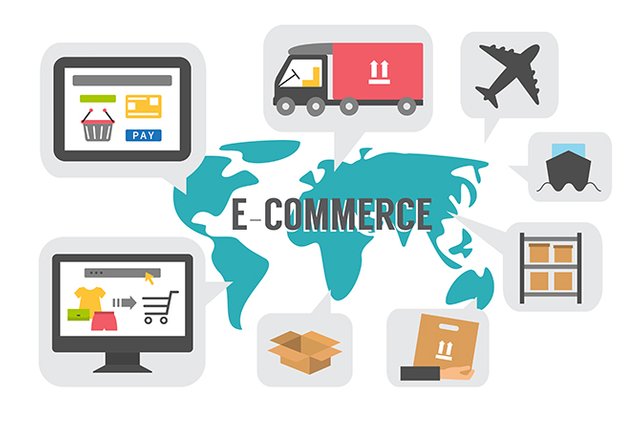Harnessing the Power of Digital for International Trade Finance
I originally published the article below for Amex FX International Payments, but it is especially relevant now, so I hope many of you find it useful:
Harnessing the Power of Digital for International Trade Finance

The letter of credit (LOC) is one of the most commonly used forms by parties during an international trade finance transaction. A letter of credit is a letter from a bank guaranteeing payment to a seller. If the buyer is unable to make the payment, the bank covers the remaining amount of the purchase. Letters of credits are provided in electronic or original paper format.

Unlike the LOC, many functions and forms in trade finance have not gone paperless. A prime example is the bill of lading. A bill of lading is a legal document that serves as a receipt of shipment when goods are delivered. The document accompanies the shipped goods and is signed by a representative of the carrier, shipper and receiver. Historically, these documents have been prone to fraud because of the complicated shipping process involved, and the large number of parties involved in an international trade finance transaction. The fact that the bill of lading is in paper format has enticed fraudsters to fabricate fraudulent bills of lading, or find other means to steal cargo.
Looking Towards the Future for International Trade Finance: Digitalization

Distributed ledger technology has a potential role in digitizing trade finance. While the idea of applying blockchain technology to international trade and commerce is not new, the pace of innovation in this area has recently increased. Blockchain, the technology behind decentralized cryptocurrencies like Bitcoin, is being used to simplify trade practices and solve the real world challenges presented by the current manual and paper-intensive processes being used.
Blockchain has the potential to revolutionize the international trade finance industry by serving as a trustworthy intermediary. Blockchain uses a public ledger to track transactions and would reduce transaction costs by eliminating the need of an intermediary. Previously, the use of a trusted third party was the only means for mediating disputes, and preventing fraud.
A study, cited by CNBC, found that during the first half of 2016, venture capital firms have invested $290 million in Blockchain technology.
Benefits and Concerns for International Trade Finance
The digitalization of international trade finance provides an opportunity to streamline processes, reduce transaction time and cost, and mitigate fraud risk. Peter Wong, a founding chairman of IGTA, an organization created to share views and information on current issues impacting the treasury and finance profession, believes that the digitalization of trade finance will drive down the cost per unit of transacted revenue. Mr. Wong also added that the digitalization increases the transparency of receipt and payment flow information, which can “result in improved cash forecasting, streamlined credit collection efforts and more efficient deployment of working capital.” By doing so, digital trade finance “can be an enabler for entry into e-commerce.”

Source
However, the shift to digital is neither quick, nor simple. There are concerns regarding the feasibility of getting all of the parties to a trade finance transaction on board the digitalization wave. The reason for this concern is evident: many parties are involved. “Trade finance transactions involve multiple parties, such as shipping companies, chambers of commerce, insurers, customs authorities and inspection companies, all of whom must also move to electronic documentation and channels.” said Hari Janakiraman, the head of global core trade products at ANZ bank.
The Takeaway
Convincing all of the parties involved in international trade finance to digitalize their processes will take time and large investments. Digital is not new. However, the pace of investment and efforts aimed at digitalizing trade finance provides a powerful opportunity for innovation in this area.